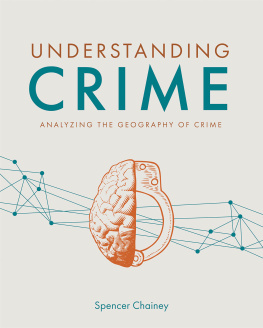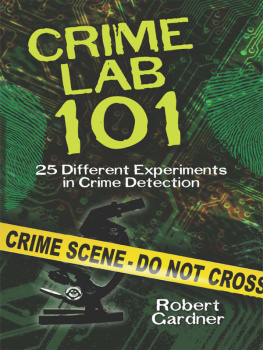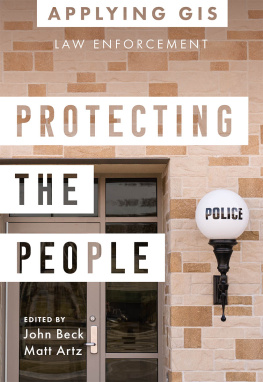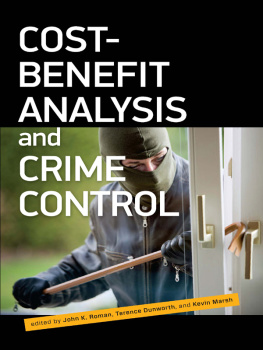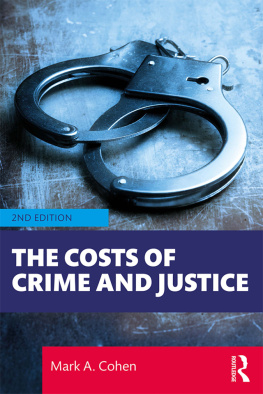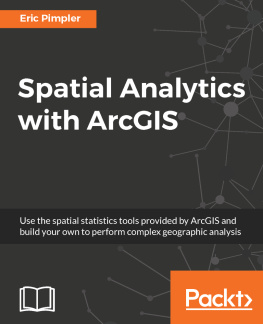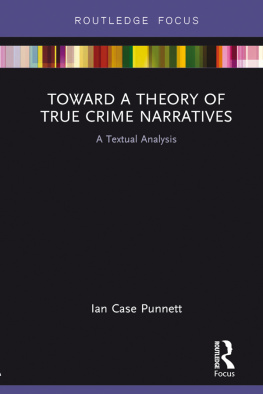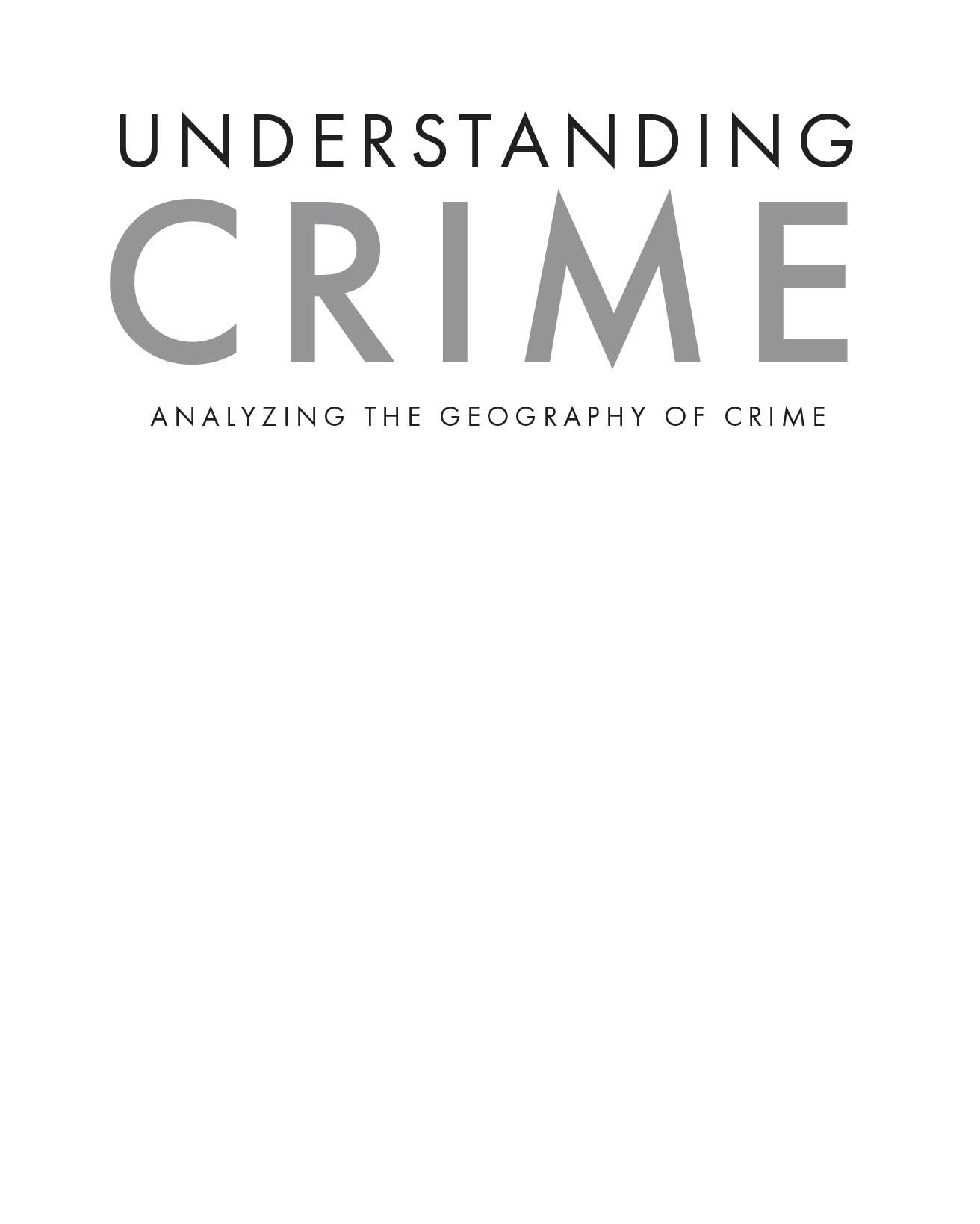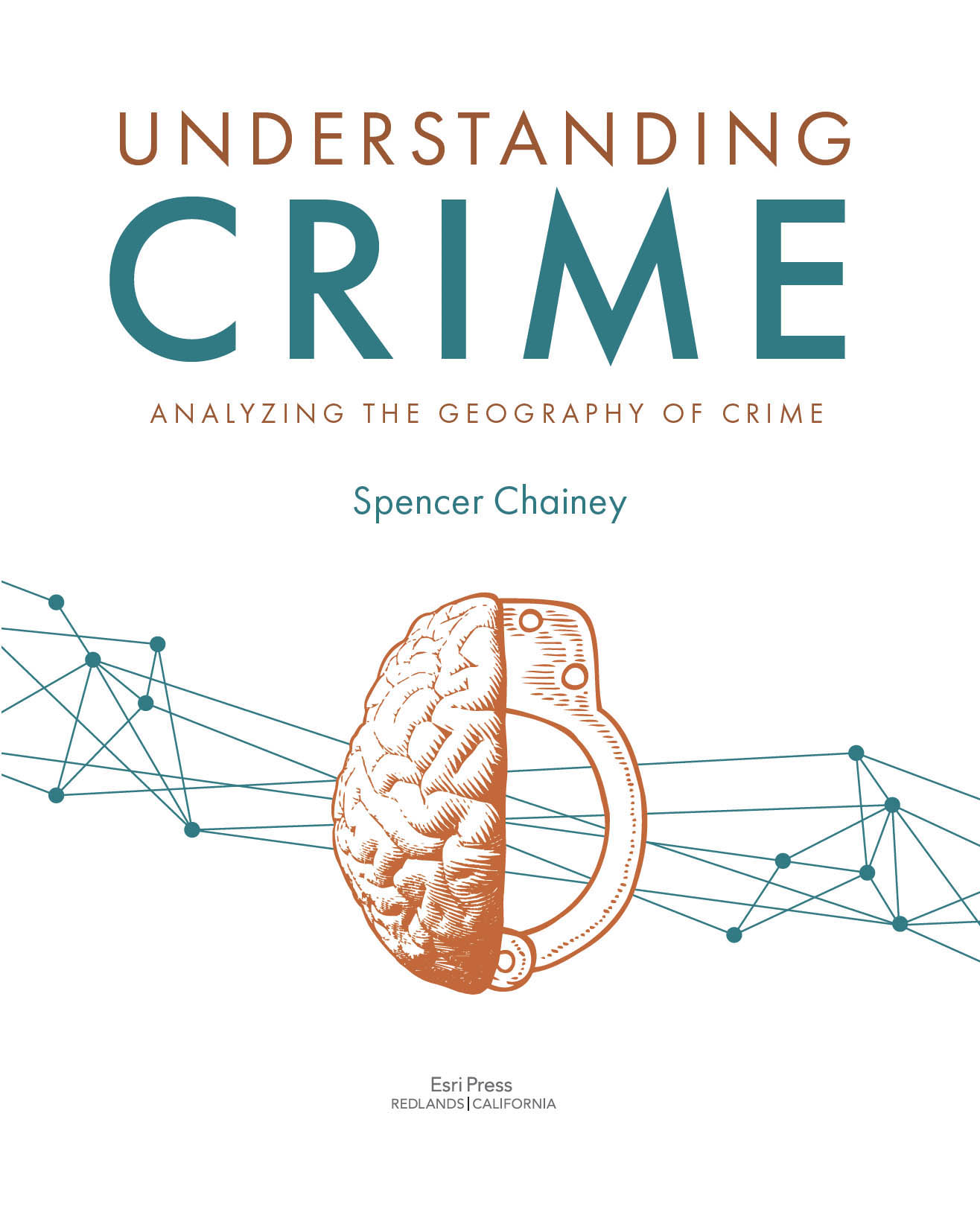Esri Press, 380 New York Street, Redlands, California 92373-8100 Copyright 2021 Esri All rights reserved. ISBN: 9781589485846 eISBN: 9781589485853 The Library of Congress has designated the print edition as follows:
Library of Congress Control Number: 2020943962 The information contained in this document is the exclusive property of Esri unless otherwise noted. This work is protected under United States copyright law and the copyright laws of the given countries of origin and applicable international laws, treaties, and/or conventions. No part of this work may be reproduced or transmitted in any form or by any means, electronic or mechanical, including photocopying or recording, or by any information storage or retrieval system, except as expressly permitted in writing by Esri. All requests should be sent to Attention: Contracts and Legal Services Manager, Esri, 380 New York Street, Redlands, California 92373-8100, USA. The information contained in this document is subject to change without notice. US Government Restricted/Limited Rights: Any software, documentation, and/or data delivered hereunder is subject to the terms of the License Agreement. The commercial license rights in the License Agreement strictly govern Licensees use, reproduction, or disclosure of the software, data, and documentation. In no event shall the US Government acquire greater than RESTRICTED/LIMITED RIGHTS. At a minimum, use, duplication, or disclosure by the US Government is subject to restrictions as set forth in FAR 52.227-14 Alternates I, II, and III (DEC 2007); FAR 52.227-19(b) (DEC 2007) and/or FAR 12.211/12.212 (Commercial Technical Data/Computer Software); and DFARS 252.227-7015 (DEC 2011) (Technical Data Commercial Items) and/or DFARS 227.7202 (Commercial Computer Software and Commercial Computer Software Documentation), as applicable. Contractor/Manufacturer is Esri, 380 New York Street, Redlands, CA 92373-8100, USA. @esri.com, 3D Analyst, ACORN, Address Coder, ADF, AML, ArcAtlas, ArcCAD, ArcCatalog, ArcCOGO, ArcData, ArcDoc, ArcEdit, ArcEditor, ArcEurope, ArcExplorer, ArcExpress, ArcGIS, arcgis.com, ArcGlobe, ArcGrid, ArcIMS, ARC/INFO, ArcInfo, ArcInfo Librarian, ArcLessons, ArcLocation, ArcLogistics, ArcMap, ArcNetwork,
ArcNews, ArcObjects, ArcOpen, ArcPad, ArcPlot, ArcPress, ArcPy, ArcReader, ArcScan, ArcScene, ArcSchool, ArcScripts, ArcSDE, ArcSdl, ArcSketch, ArcStorm, ArcSurvey, ArcTIN, ArcToolbox, ArcTools, ArcUSA,
ArcUser, ArcView, ArcVoyager,
ArcWatch, ArcWeb, ArcWorld, ArcXML, Atlas GIS, AtlasWare, Avenue, BAO, Business Analyst, Business Analyst Online, BusinessMAP, CityEngine, CommunityInfo, Database Integrator, DBI Kit, EDN, Esri, Esri CityEngine, esri.com, EsriTeam GIS, Esri
The GIS Company, EsriThe GIS People, EsriThe GIS Software Leader, FormEdit, GeoCollector, Geographic Design System, Geography Matters, Geography Network, geographynetwork.com, Geoloqi, Geotrigger, GIS by Esri, gis.com, GISData Server, GIS Day, gisday.com, GIS for Everyone, JTX, MapIt, Maplex, MapObjects, MapStudio, ModelBuilder, MOLE, MPSAtlas, PLTS, Rent-a-Tech, SDE, See What Others Cant, SML, SourcebookAmerica, SpatiaLABS, Spatial Database Engine, StreetMap, Tapestry, the ARC/INFO logo, the ArcGIS Explorer logo, the ArcGIS logo, the ArcPad logo, the Esri globe logo, the Esri Press logo, The Geographic Advantage, The Geographic Approach, the GIS Day logo, the MapIt logo, The Worlds Leading Desktop GIS,
Water Writes, and Your Personal Geographic Information System are trademarks, service marks, or registered marks of Esri in the United States, the European Community, or certain other jurisdictions. Other companies and products or services mentioned herein may be trademarks, service marks, or registered marks of their respective mark owners. For purchasing and distribution options (both domestic and international), please visit esripress.esri.com. 170607
Preface
There are many books about crime analysis, GIS and law enforcement, and crime mapping that discuss techniques on the geographic analysis of crime, but none of these books fully explain how to analyze the geography of crime. There are also many journal articles, if you are fortunate enough to have subscribed access, that include studies on the geographic analysis of crime, many of which introduce new techniques for examining patterns of crime. But often, to make sense of these techniques, you need a PhD in mathematics or statistics, or skills in writing code to apply the techniques to your own crime data. This means we are not taking advantage of a fantastic range of analysis techniques that can help us better understand crime, improve how we study the geography of crime, and improve the quality of the services we provide to our colleagues and our communities.
Improving how we analyze crime is what motivated me to write this book. This book provides a detailed description, explanation, and illustration of geographic analysis techniques that can help us better understand crime. It aims to be comprehensive in scope. It aims to be accessible, regardless of your expertise, experience, and the type of GIS you use. This is not an ArcGIS book. It is purposely more generic so that analysts, students, researchers, police officers, public safety officials, and so on can use the contents of the book to help better examine the geography of crime. The book does cover some technical topics. My aim was not to dumb them down, but to dissect them, describe them in plain English so they are easier to understand, and so you can be more confident in how to apply them. Because if you do, you will better understand crime.
This book is not necessarily meant to be read cover to cover, but instead aims to act as a guide that you dip into when needed, to help you apply techniques for a specific task, or help you better understand how certain techniques work. A good place to start is to skim through the pages so you become familiar with the range of content the book covers, so you will hopefully come to regard it as that reference source you can refer to repeatedly. The content includes new and old techniques, and ones you may have heard of but have not been demystified for you to be confident in using. Techniques that you may be familiar with have been stripped back to illustrate the role they play in modern geographic crime analysis. New techniques described in this book offer that contemporary edge, and may become the classics of the future. And techniques that you often have not been confident in using because of their complexity have been broken down, explained in plain English, and illustrated with numerous examples to help you replicate these techniques with your own data.
The chapters follow a logical order. Chapter 1 describes the main theories that relate to the geography of crime. Do not skip this chapter just because it is about theory, and not about techniques. To understand crime, and to interpret the patterns we observe, we must draw from the theory behind crime. All techniques (or at least the good ones) require theory to inform their design, with the theory also helping us interpret the results that the technique generates. If we dont consider theoretical principles in the interpretation of our results, what we state about our results is merely descriptive. We want to explain why the crime patterns exist so we can better recommend what can be done to counter the behaviors, circumstances, and conditions that lead to their formation. To do so, we draw from the theory in our interpretation of the results. The first chapter brings all the main theories that relate to the geographic analysis of crime into one place.

